Monsoons in India are a double-edged sword. On one hand, they bring life to our landscapes, fill our rivers, and offer us some much-needed relief from the scorching summer. But on the other hand, the rains can create chaos on our roads: waterlogging, potholes, broken-down cars, and poor visibility become daily issues for drivers.
If you think your car will survive the monsoons just because it’s “working fine,” you might have to rethink that, Monsoon preparation for your car isn’t just about staying the car dry—it’s about safety, reliability, and comfort of your car.
In this blog, we’ll walk you through 12 essential things to do in and around your car so it’s 100% monsoon-ready. Whether you’re a daily commuter or a weekend road-tripper, the below is the ultimate checklist to ensure your vehicle survives the rain without trouble.
🚿 1. Replace Wiper Blades and Fill Washer Fluid
Let’s start with the most obvious—and most ignored—step: your windshield wipers.
Wipers are your best friends during the monsoon. If they’re squeaky, jerky, or leave streaks behind, they need to go. Indian monsoons are unforgiving, and a clear windshield isn’t just nice to have—it’s absolutely required.

What you should do:
-
Replace old, squeaky or cracked wiper blades
-
Check uneven wiping is not there
-
Fill up the windshield washer fluid with a good cleaning solution. Don’t use head wash shampoo in your car washer fluid bottle
-
Add a water-repellent coating like Rain-X for better visibility
💡 Expert Tip: Silicone wipers last longer and perform better in rains compared to standard rubber ones.
🛞 2. Check Tyre Health: Tread Depth, Pressure, and Condition
Driving in the rain with bald tyres is a disaster waiting to happen. Tyres are your only contact point with the road, and their condition determines your car’s grip, braking, and stability.
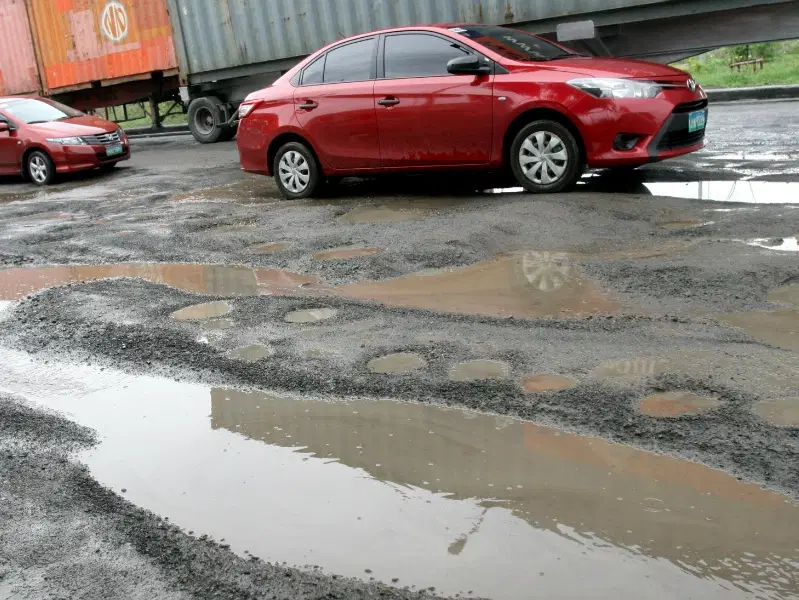
Here’s what to inspect:
-
Tread depth: Should be above 2.5mm at the minimum
-
Check for cracks or bulges on the sidewall of tyres
-
Maintain correct tyre pressure (check every time within 10 – 15 days )
-
Ensure all 4 tyres are evenly worn to avoid skidding
Don’t forget the spare tyre. It should be inflated and ready for emergencies.
🛑 Underinflated tyres will lead to poor grip. Overinflated tyres will lead to reduced contact. Get it just right.
💡 3. Check Headlights, Taillights & Fog Lamps
Rain reduces visibility for you and for others on the road. Functional lighting is a matter of safety—not just for convenience.
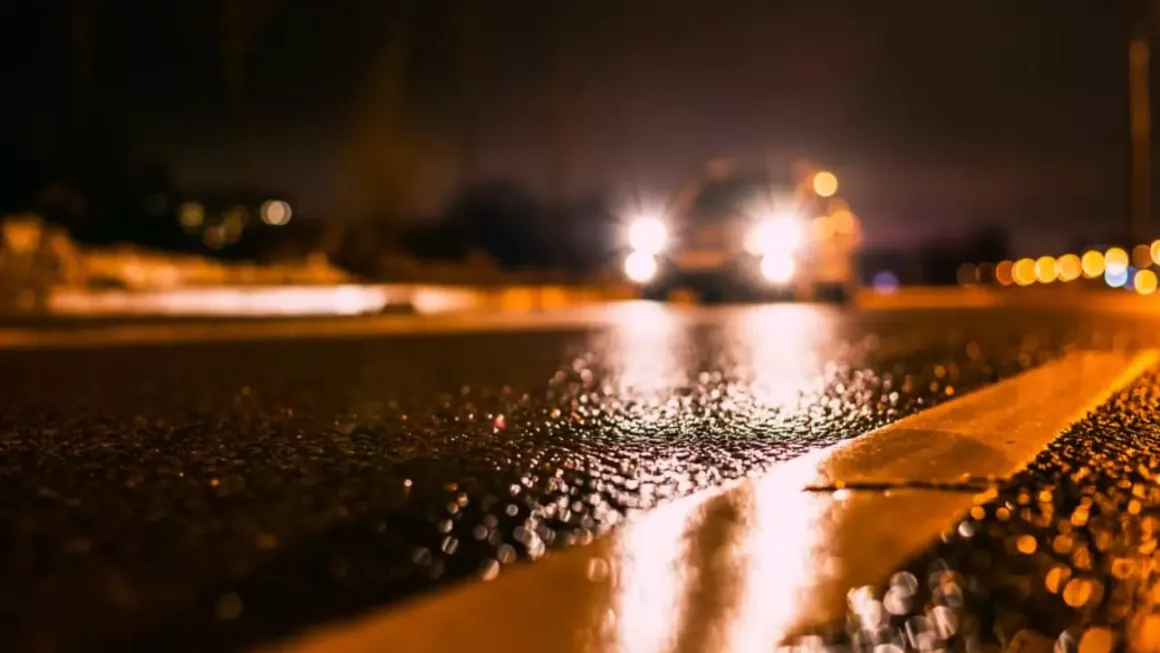
Here’s what to check:
-
Are your headlights and fog lamps working?
-
Do all brake lights and turn indicators function properly?
-
Are the light lenses clean and free of scratches?
- Carry few spare fuses in your toolkit.
If you drive often at night or through foggy highways, consider upgrading to LED or projector lights for better road illumination.
🌫️ Tip: Fog lamps help a lot during low-visibility drives—especially in hilly or rural regions.
🛠️ 4. Test Your Brakes—This One’s a Life Saver
Rain makes roads slippery. That means your brakes need to work harder and better. Wet brake pads also tend to lose grip.
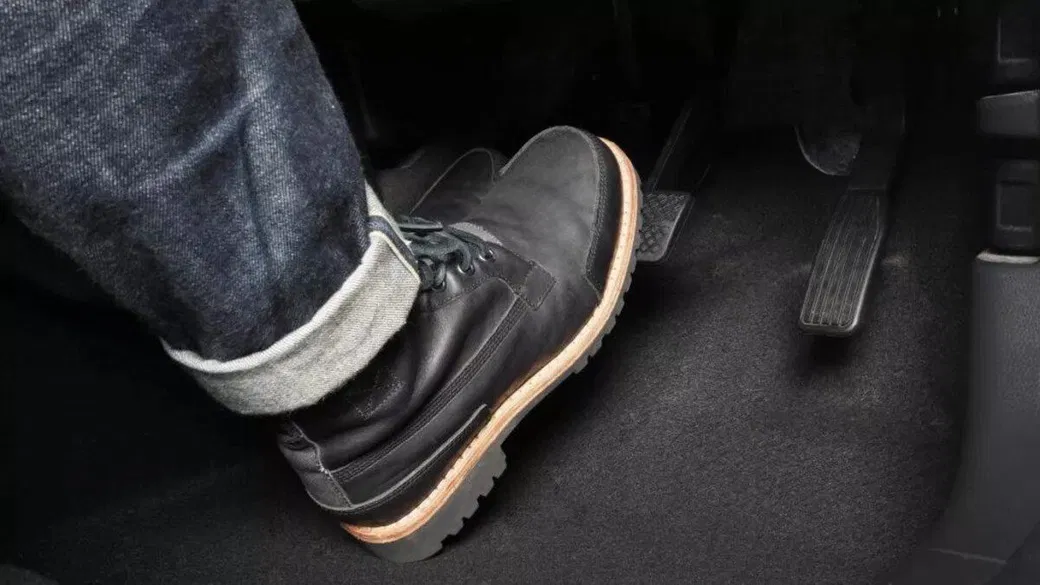
What to do:
-
Get your brake pads and discs inspected by a professional
-
Top up the brake fluid if required
-
Listen for unusual squeaking or grinding noises
- Press brakes few times when passed through water logging
If your car has ABS (Anti-lock Braking System), ensure it’s functioning correctly.
⚠️ Don’t delay a brake check. Even a slight delay in braking response can be dangerous in the rain.
🛡️ 5. Get Underbody Anti-Rust Coating
Your car’s underbody is the most exposed part when driving through flooded roads. Mud, grime, and water lead to rust under your cars body, and rust spreads fast. If your car is getting on in age, an anti corrosion treatment will help protect the chassis from corroding moisture.
Anti-rust coating protects your car’s metal frame from corrosion and can prolong the life of your vehicle.

Why it’s important:
-
Indian roads are filled with muddy water and slush
-
Rusted underbodies weaken your car’s chassis and suspension
-
Repairs can be 10x more expensive later
This treatment usually costs between ₹1,500–₹3,000 and is totally worth it.
🚪 6. Check for Cabin Leaks & Clear Drain Channels
Nothing’s worse than finding water inside your car after a rainy day.
Monsoons can exploit even the tiniest gaps in your doors, windows, or sunroof seals. Also, clogged drain holes near the windshield, doors, or sunroof can cause water to pool and leak into your cabin.
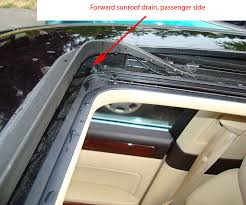
Steps to follow:
-
Check and replace worn-out door rubbers and window beadings
-
Clean the drain holes with a wire or soft brush
-
If you have a sunroof, test its water drainage system
🧼 Tip: Park your car in a sloped area or use a car cover to avoid water accumulation if you don’t have covered parking.
🌬️ 7. Maintain the Air Conditioning and Cabin Filter
During the rainy season, fogged-up windshields become a daily issue. A properly working air conditioner with a clean cabin filter helps remove moisture and maintain visibility.
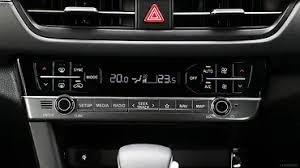
What to do:
-
Replace the cabin air filter if it’s clogged
-
Ensure your AC blower and vents are working correctly
-
Use the defogger or ‘fresh air’ mode when your windshield fogs up
💡 Musty smell inside your car? That’s probably due to trapped moisture. A clean AC filter fixes that.
🧼 8. Keep the Cabin Moisture-Free
Your car’s interior becomes a breeding ground for bacteria and bad odors when damp. All it takes is one rainy day with wet shoes and the entire car starts smelling funky.
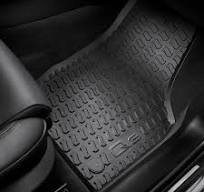
Here’s how to tackle it:
-
Use rubber floor mats instead of fabric ones
-
Keep a microfiber cloth handy to wipe foggy glass and dashboards
-
Place activated charcoal bags or silica gel packets inside the cabin
-
Clean your upholstery and vacuum the floor regularly
🌿 Want a natural solution? Use baking soda sachets under seats to absorb moisture.
🔋 9. Inspect Your Battery and Electrical Systems
Ever turned the key on a rainy morning and… nothing? Yep, that’s a dead battery.
Moisture can mess with battery terminals, cause corrosion, and affect wiring. If your car’s battery is already 2–3 years old, it’s smart to get it tested before monsoon kicks in.
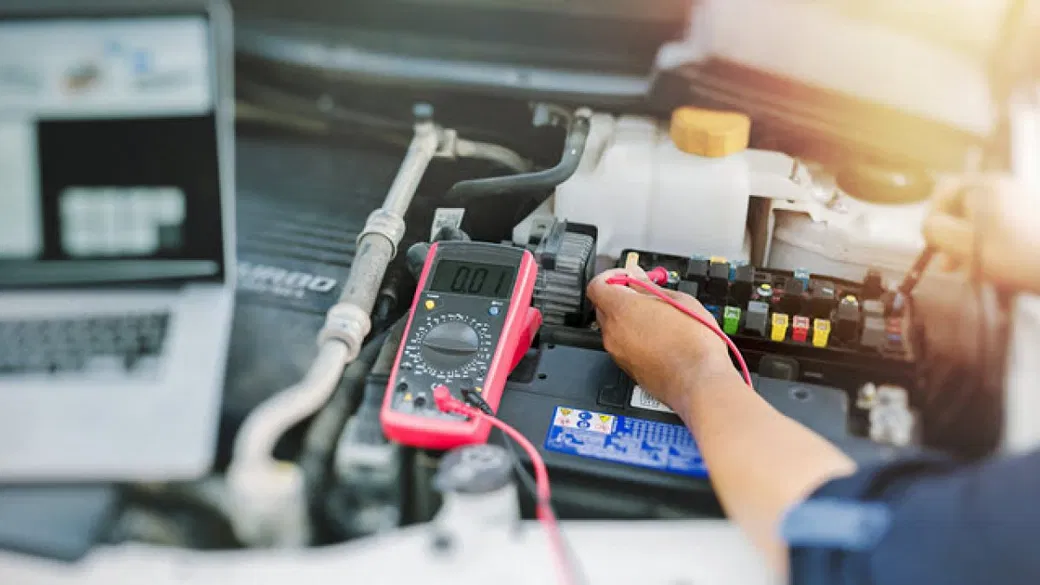
Battery Care Tips:
-
Clean the battery terminals of your vehicle regularly
-
Apply petroleum jelly to avoid corrosion
-
Ensure wires and fuses are properly sealed
Also, check all power windows, central locking, and interior lights—they’re more prone to failure during monsoon season.
🧽 10. Wash & Wax Your Car Regularly
Contrary to popular belief, rainwater isn’t clean. It contains pollutants, dust, and acidic content that can harm your car’s paint over time.

Why washing helps:
-
Removes accumulated mud and grime
-
Prevents rust spots
-
Keeps your car looking new
Apply a good quality wax or ceramic coating to create a hydrophobic layer. This not only gives your car that showroom shine but also protects it from the elements.
✨ Ceramic coatings last up to 6–8 months and make washing easier.
🧰 11. Pack an Emergency Monsoon Kit
The rains can be unpredictable. Whether it’s a sudden breakdown, water-logging, or just a foggy night drive—you’ll be glad you packed a monsoon kit.
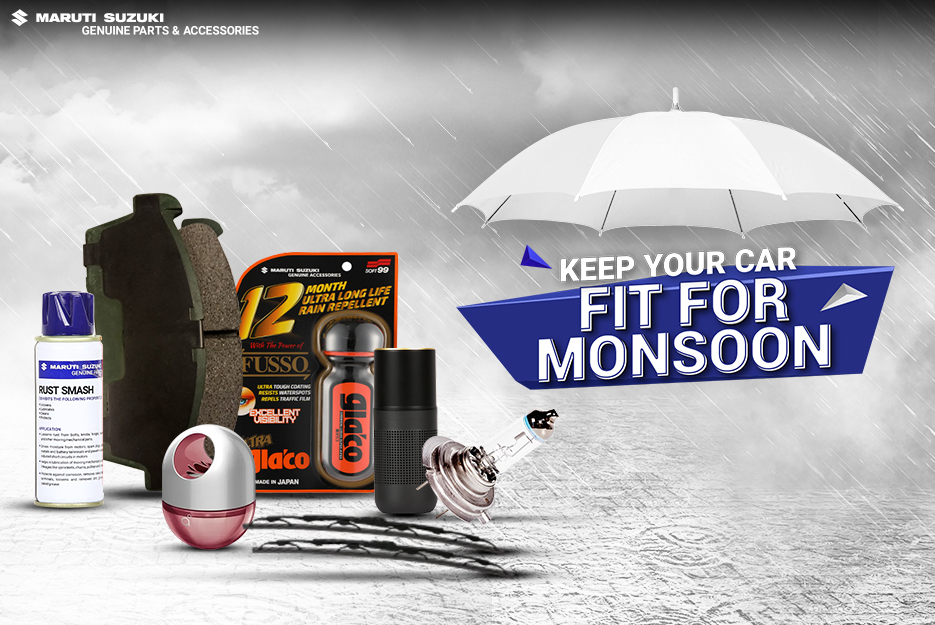
Must-Have Items:
-
Raincoat and umbrella
-
Tow rope
-
Flashlight and extra batteries
-
Microfiber towels
-
Power bank or car mobile charger
-
First-aid kit
-
Spare wiper blades and fuses
-
Tyre inflator or puncture repair kit
Keep this kit in your boot or glovebox—you never know when it’ll save your day.
🧑🔧 12. Get a Pre-Monsoon Service from Your Workshop
Still haven’t serviced your car this year? The monsoon is the perfect excuse.
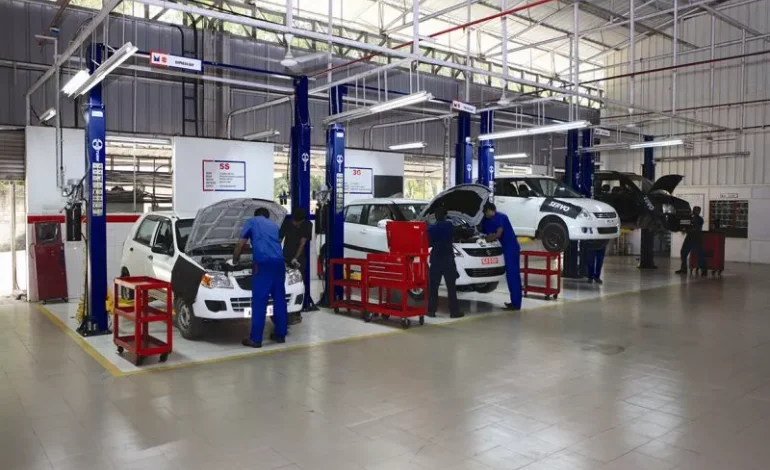
A monsoon-specific service will cover:
-
Complete underbody check
-
Brake and tyre inspection
-
Battery test
-
Fluid top-ups (engine oil, coolant, brake oil, washer fluid)
-
AC and cabin filter replacement
-
Electrical system inspection
Even if your car “feels fine,” a professional check can reveal hidden issues that might leave you stranded in a downpour.
🚘 Final Thoughts: Don’t Let the Rain Ruin Your Drive
We all love the romance of monsoons—the smell of petrichor, long drives through misty hills, and hot snacks by the roadside. But the reality of monsoon driving isn’t always so poetic.
Getting your car monsoon-ready is about more than just maintenance. It’s about peace of mind. It’s about not panicking in the middle of a flooded road. It’s about driving safely while others stall.
So take a little time this week, go through this checklist, and show your car the care it deserves.
Because when the skies open up—you’ll be glad you did.
Frequently Asked Questions (FAQs) About Monsoon Car Care in India
Q1. Why is monsoon car care important in India?
India’s monsoon brings heavy rains, potholes, waterlogging, and reduced visibility—all of which can affect your car’s performance and safety. Prepping your car helps prevent breakdowns, rust, electrical issues, and accidents during the rainy season.
Q2. How often should I replace my car’s wiper blades?
You should replace your wiper blades at least once a year or immediately if they’re streaking, squeaking, or not wiping effectively. Always check them before the monsoon starts.
Q3. What is the ideal tyre tread depth for monsoon driving?
The minimum legal tread depth is 1.6 mm, but for monsoons, anything above 2.5 mm is highly recommended for safe grip on wet roads. Bald tyres increase the risk of skidding and hydroplaning.
Q4. Is anti-rust coating really necessary for my car?
Yes, especially during the monsoon. Constant exposure to water, mud, and slush can cause rust to form on your car’s underbody. Anti-rust coating prevents corrosion and extends the life of your vehicle.
Q5. How do I prevent my car’s windshield from fogging up in the rain?
Use your car’s defogger and AC in fresh air mode to clear fog. Also, ensure your cabin air filter is clean, as clogged filters reduce airflow and worsen the problem. Keeping a microfiber cloth handy also helps.
Q6. Can I drive through waterlogged roads during monsoon?
Avoid it if possible. Driving through deep water can damage your car’s engine, electrical system, and brakes. If unavoidable, go slow, stick to the center of the road, and never restart your car if it stalls in water.
Q7. What should I include in my monsoon car emergency kit?
A good monsoon car kit should include:
-
Tow rope
-
Umbrella or raincoat
-
Flashlight & batteries
-
Microfiber towel
-
Power bank or car charger
-
First-aid kit
-
Spare fuses and wiper blades
-
Portable tyre inflator or puncture kit
Q8. Why is my car’s interior smelling bad during monsoon?
It’s due to trapped moisture from wet shoes, clothes, or leaking seals. Use rubber floor mats, keep charcoal bags or silica gel packets inside the cabin, and clean your interiors regularly to prevent mold and odors.
Q9. Is it safe to use a car cover during monsoon?
Yes—but only if it’s a waterproof and breathable cover. Avoid using cheap plastic covers that trap moisture, which can cause fungus and rust. Always secure the cover tightly to prevent wind damage.
Q10. When is the best time to get a pre-monsoon service done?
Ideally, a few weeks before the monsoon starts. This gives you time to fix any issues and make sure everything from brakes to wipers and underbody protection is in place before the rains arrive.

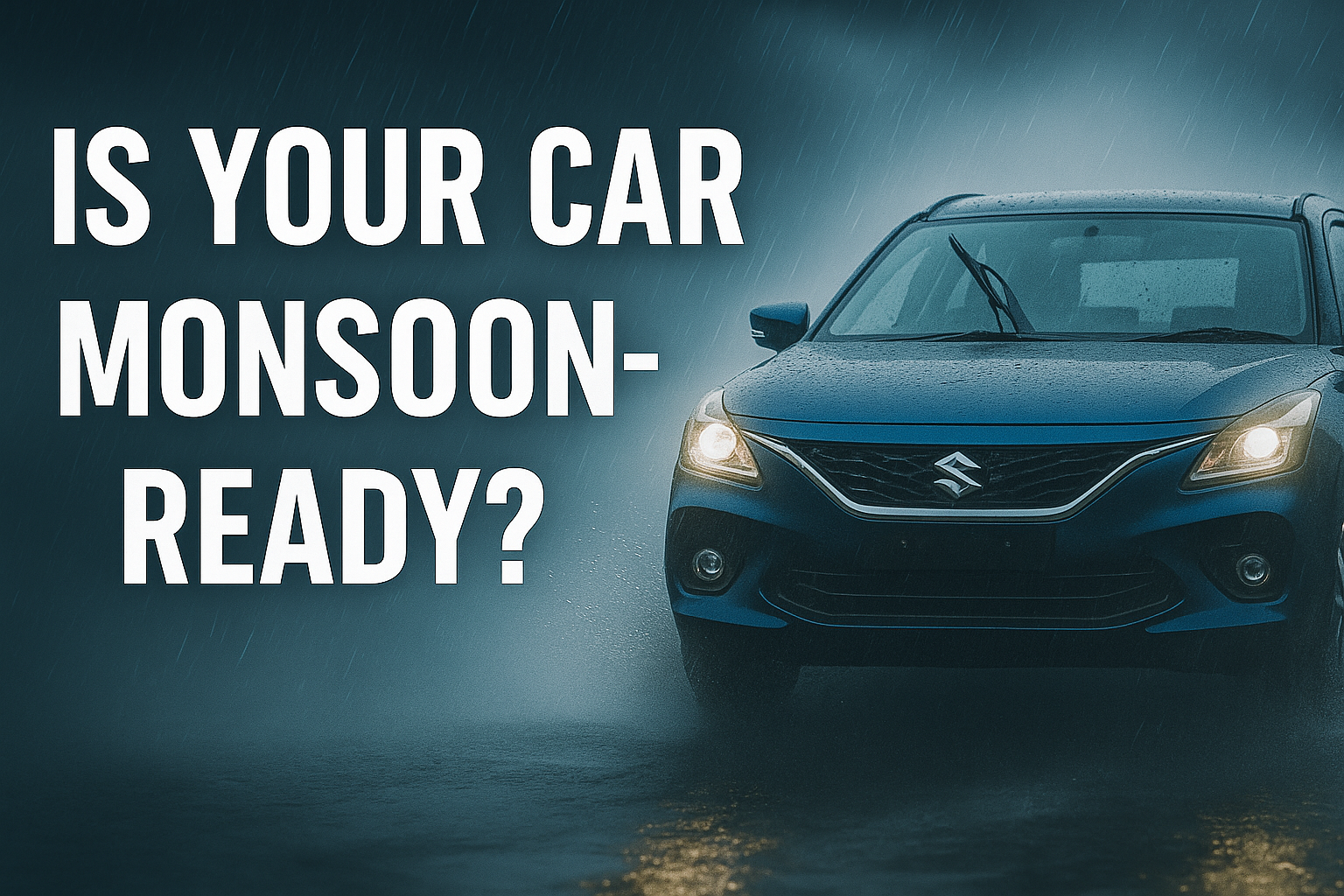
Informative and helpfullll
Thanks team the torque timesss🤩